5 High Impact Academic Success Solutions in 2023
By: Lucie-Kay Desthuis-Francis on Jun 5, 2023 4:28:03 AM5 High Impact Academic Success Solutions in 2023
By: Lucie-Kay Desthuis-Francis on Jun 5, 2023 4:28:03 AM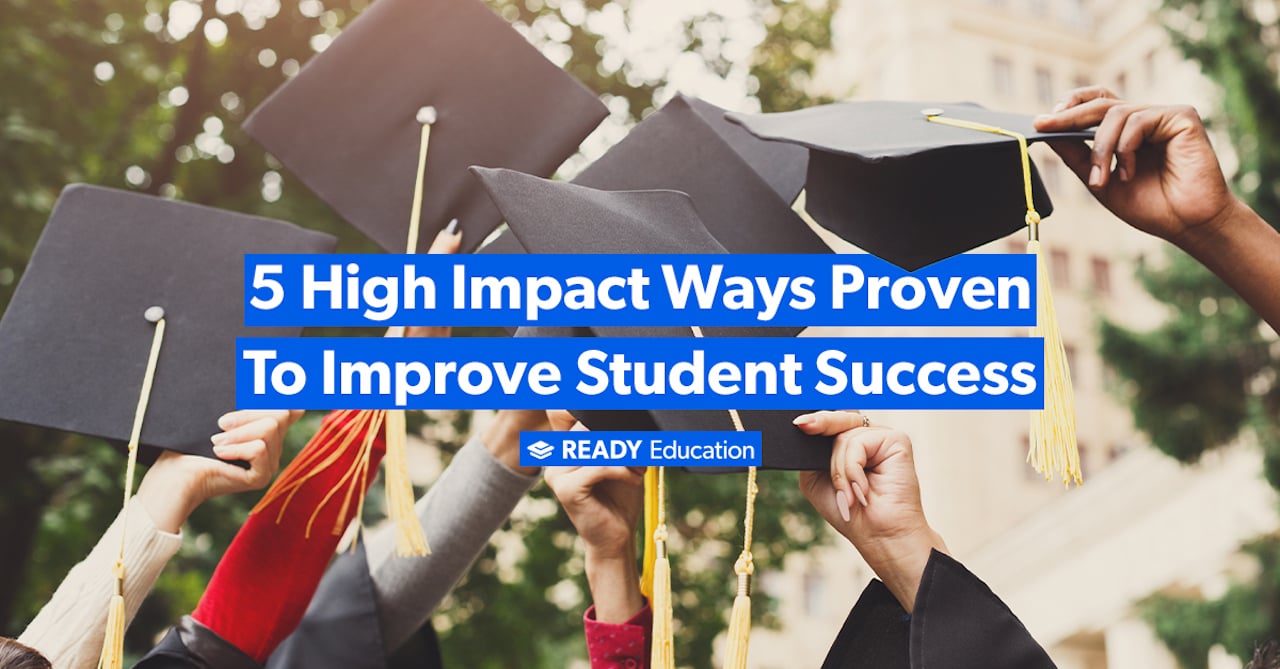
Improving student success is a goal for all higher education institutions. This is because student success is an indicator of how effective a college or university is in driving positive student outcomes. Drawing from our experience helping 700+ higher education institutions engage their campus community, this article explains how we define student success and provides 5 high impact ways proven to improve student success.
Improving student success is a goal for all higher education institutions.
This is because student success is an indicator of how effective a college or university is in driving positive student outcomes.
Whether an establishment is small or large, public or private they want students to:
✅ Enroll in their institution.
✅ Stay the course of their program.
✅ Graduate career ready.
✅ Lead a successful career and life.
✅ Remain connected as alumni.
Drawing from our experience helping 700+ higher education institutions engage their campus community, this article explains how we define student success and provides 5 high impact ways proven to improve student success.
What is student success ?
Student success in higher education is broadly defined and measured by three key indicators:
😊 Retention.
🔥 Persistence.
👩🏽🎓 Completion (i.e. graduation).
It also encompasses a number of other positive outcomes that students strive to achieve throughout the student journey. These include:
🎓Academic achievement.
💼 Career readiness.
🌱 Personal growth and development.
Institutions work hard to support students in achieving these measures of success.
While there is no secret recipe, colleges and universities that have achieved higher success rates have one thing in common; they have invested in student success.
5 High Impact Ways Proven To Improve Student Success
While each institution and student faces different challenges, here are 5 strategies that are proven to improve student success.
- Invest in Technology.
- Centralize Communication.
- Create a Strong First Year Experience.
- Develop Career Readiness.
- Stimulate Personal Growth and Development.
1. Invest in Technology
Technology plays a central role in enhancing student success by ensuring students can access the information and resources they need when they need them.
Student experience portals and mobile apps encourage communication and collaboration among students and staff. They also help build meaningful connections and a sense of belonging, which research shows is fundamental to student retention and persistence.
Digital communities create a shared experience for all students. This helps level the playing field for online students and students that live off campus. Historically these populations have had a very different student experience to on-campus students, negatively affecting their success.
Rocky Mountain College of Art + Design (RMCAD), whose student population is 70% remote, saw a 40% increase in graduating students from 2022 to 2023. “The app has definitely played into student resilience and retention” said Matt Weitzel, RMCAD’s IT Project Manager.
Technology is also critical to monitoring key student success indicators. Some platforms enable administrators to capture a holistic view of each student in one system.
They track academic performance, engagement levels, and communication preferences among other things. This means that staff spend less time collecting data across multiple systems and more time supporting students.
Platforms are increasingly leveraging gamification as a way to incentivize students to achieve. Leaderboards and badge or point systems help measure and reward engagement. Some colleges even enable students to use points to redeem prizes (campus swag, or money off tuition and books) on completion of certain goals.
Tracking and measuring data in real time, helps quickly identify potential obstacles to success. It also helps Student Success Officers better understand their students, enabling them to customize and personalize communication to improve outcomes.
2. Centralize Communication
Institutions with a campus-wide and centralized communication solution have seen great improvements in student success. Solutions that stimulate student engagement are particularly successful and have higher adoption rates.
When they are well-designed and comprehensive, student experience platforms become the go-to resource for students. In addition to serving as a one-stop-shop for academic, co-curricular and student service information, they help connect and engage students.
According to a student at Xavier University, “I like that I can take care of things in one place. All the forms and information I need from the Office of Student Involvement (OSI) are in one place.”
Solutions that offer multiple communication channels are particularly effective. However, sometimes the breadth of available features can seem intimidating. Campuses should therefore regularly direct students to key resources, including:
- Discussion Feeds: Let users know what’s happening on campus, post news, photos and interact with others.
- Events Management: Students can browse upcoming events, see who's attending, view dress code & other details, RSVP, retrieve tickets and receive confirmation.
- Push Notifications: Users can send mobile reminders to all or a subset of students, promoting the latest news or updates (e.g., event location moved)
- Campus Maps: Colleges can upload custom maps of buildings, floors, and rooms on campus.This helps students locate and orient themselves on the go
- Campus-Wide Directory: Students and administrators can easily browse the campus directory to expand their network or communicate directly with personal contacts.
- Chat: Allows students to connect and message classmates anywhere, anytime one-on-one or in groups
- Campus Mobile App: Offers students a fully centralized mobile experience to access campus resources (i.e. academic systems, student services), and communication lines.
In addition to offering a fully branded portal and mobile app, some solutions also enable students to customize their platform. The ability to set preferences, interests and other personalizable content is proven to increase usership.
Creating regular feedback loops through polls and surveys is another way to keep the communication channels open. It enables educators to collect real-time student data and is an opportunity to communicate the importance of seeking support through campus services.
Monitoring key indicators, such as student engagement and well-being, empowers campuses to address issues as they arise. Early intervention is critical to retaining students. Once at-risk students are identified, faculty and staff can work together to proactively provide support and optimize programming.
3. Create a Strong First Year Experience
Going to college is an important milestone in a person’s life. Unfortunately, nearly 40% of students that enroll in college don’t complete their degrees. Research shows that the highest rate of dropouts, around 24%, happens freshman year. This is why supporting first-year students is critical to increasing graduation rates.
Among the most crucial aspects of the college experience is how new students are integrated. How they experience the first 90 days on campus is an important indicator of student retention.
Colleges with the highest graduation rates invest in creating a strong first year experience. Students have the resources to successfully start their higher education journey from day one.
Incoming students are required to attend Orientation and First Year Programs. Meetings with academic and financial aid advisors are mandatory for students to register for classes.
Orientation is designed to ease the transition from high school to higher education. It helps freshmen get excited about campus life, contributing to student engagement and resilience. Incoming students explore the campus, its traditions and culture. They also learn about the different resources and services available to students.
Meet-and-greets with faculty and staff are also held. Networking opportunities for students to meet peers are organized. These events help build a sense of community for first years before the fall semester starts.
Programs are generally held in-person. However, many schools offer virtual programs as some students are unable to travel or plan to enroll in online classes.
Orientation programs that offer virtual components make the onboarding process more engaging. Dedicated orientation apps are especially effective. They provide students with key resources, events and digital communication channels.
"We got the entire first-year class using the app very early and throughout the year," said Dr. Elizabeth McKillop UCLA Anderson School of Management’s Director of Student Services.
Some apps include a targeted onboarding checklist of requirements students need to complete. They also enable administrators to track progress and attendance, and reach out to less engaged students.
First-year programs also help students build social connections. They do this by organizing social events and promoting co-curricular activities throughout the year. Some programs also promote “shared learning” strategies, providing students with a peer network outside of the classroom.
Many colleges offer specific programs for first generation students, as this growing segment of the student body has higher dropout rates. First generation students often find it harder engaging in college life than their peers and lack the support networks needed to successfully navigate the college experience.
Raising awareness around key resources, including financial aid sources and campus services, can go a long way in bridging this gap. Summer bridge-programs are also very effective in providing first generation students with the knowledge and skills needed to succeed.
4. Develop Career Readiness
Career readiness is also a key indicator of student success. It provides students with the power to map out their career path, find purposeful work once they graduate, and thrive in the workplace.
Having a college degree also helps advance career and earning aspirations. According to a Strada-Gallup Education Consumer Survey, “72% of those with postgraduate educational experiences say getting a good job is their top motivation”.
A student is reportedly career ready when they have the skills and tools necessary to succeed in the workplace and manage their career long-term. Career readiness is a framework for higher education establishments to help students develop core competencies.
These core skills include leadership, critical thinking, professionalism and teamwork. They are developed inside and outside of the classroom, and apply to all fields of study and job functions.
High impact practices such as career readiness programs help students develop clear pathways based on career goals. Interactive tracks & checklists, guiding students through to-do lists and intentional pathways, are also a great tool.
Guided pathways or “Success Tracks” can include a goal-setting track, walking students through how to set SMART goals. Goal clarity helps students feel more confident and resilient, helping them persist to see their goals through to completion.
“I’m certain skills like goal-setting, time management, effective communication, confident delegation and so forth can only be learned outside the classroom where you get that ‘real world’ experience”, said Giovanna Bernardo, Student Engagement Specialist at Binghamton University.
The ability for students to track their achievements provides a more engaging learning experience, encouraging autonomy and self-efficacy. It also allows administrators to incentivize and reward student successes. Career services can also provide added support to students who have been identified as falling behind.
Career Center resources and events also encourage career development. Career advisors, networking events, resume writing workshops are great ways to get students to start planning for their future careers.
Job boards connect students with professional opportunities on campus and in the community. The more sophisticated boards enable students to browse open positions, submit applications online and schedule interviews. Since finances are a top reason for students to drop being connected to job opportunities can help manage the financial burden.
Career fairs also provide students with the chance to learn about companies, making face-to-face connections with potential employers and recruiters. Digitalizing the process creates a more engaging experience. Some portals include an interactive map, directory of companies, the ability to book meetings, upload a resume, chat with recruiters and more.
5. Stimulate Personal Growth and Development
The college experience is also about stimulating personal growth and development. It should foster the acquisition of life skills that go beyond the college experience, such as communication, leadership, and teamwork.
Personal development activities also help balance out the stresses of academic life. Students that pursue them have a healthier work-life balance, and are less likely to suffer from student burnout.
Students that develop social activities by joining student organizations, clubs, Greek life, or sports teams are more engaged and have a more positive college experience. This is because student interest groups help members build a sense of belonging.
Student clubs and organizations play a critical role in community building, diversity and inclusion initiatives. They provide an opportunity for students to find a purpose and feel connected. This is especially true in large school environments where it can be challenging for students to find their path.
“I wanted to join a group that would transcend the university experience- something that I could be a part of for life”, said Daniela de la Piedra, a Lambda Theta Alpha sorority member who co-founded the Gamma Alpha Chapter at the University of Virginia (UVA) over 20 years ago.
A great way to help students discover and join groups, even remotely, is to host a student involvement fair. Student groups and campus departments set up customizable booths for students to visit, ask questions and learn more about their organization.
Student engagement platforms also encourage students to join student clubs and organizations, view programming, register for events, and connect with members. Innovative solutions match students to organizations or other students based on their user profile and listed interests.
Some also offer the capability to track student engagement through co-curricular transcripts (CCT). The CCT is a comprehensive record of a student’s involvement in experiential learning experiences that take place outside the classroom, such as service hours. Like the academic transcript, a CCT is certified by the college or university.
Designed to encourage and track student involvement, CCTs are used to identify potential development gaps and inform student retention action plans. They also demonstrate a student's core competencies to graduate programs or potential employers.
Mentorship programs also contribute to student’s personal growth. Mentors help by sharing personal experiences or perspectives, resources, and making connections. Most alumni associations offer mentoring programs, facilitating relationships between students and fellow alumni.
A positive student experience is a key contributor to student success. It helps ensure students stay the course, even when the going gets tough.
A strong campus community provides students with the support they need to achieve academic, professional and personal goals throughout the student journey and beyond.
Further, since no two student journeys are the same. It is important to engage in an ongoing and personalized dialogue to support a successful student lifecycle for all.
Are you interested in learning more about using Ready Education to support student success?
Contact us for more information or to set up a demo and tell us about your campus.
We’d love to hear from you!
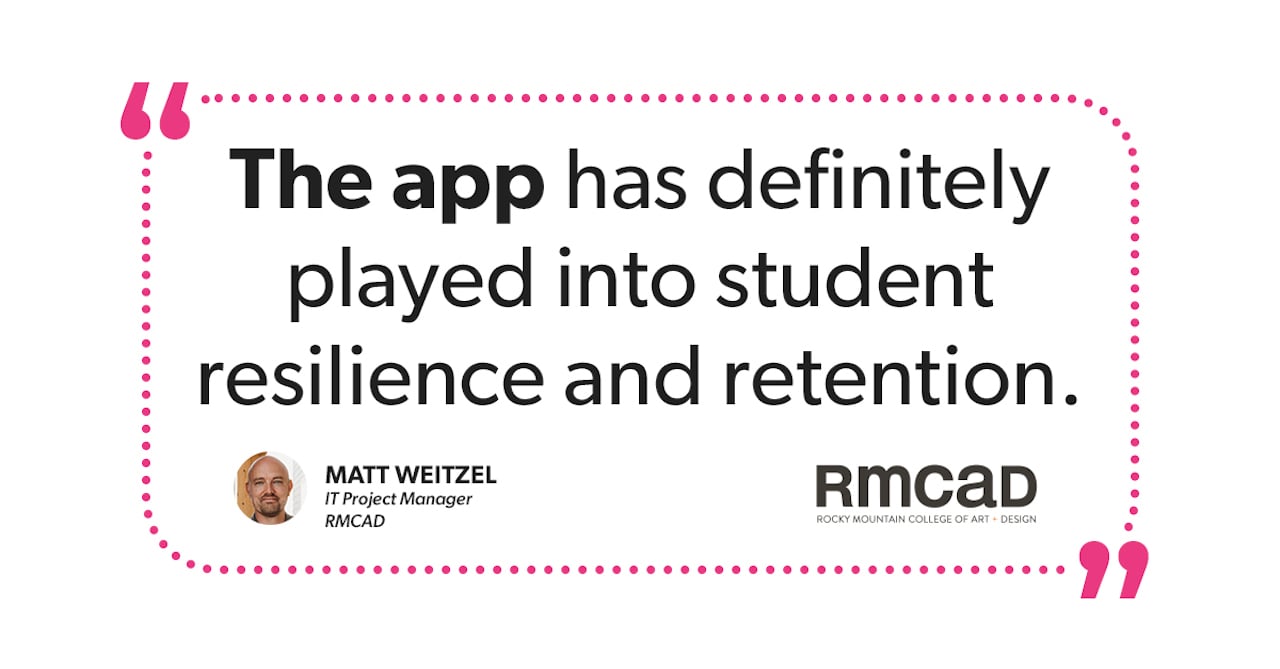
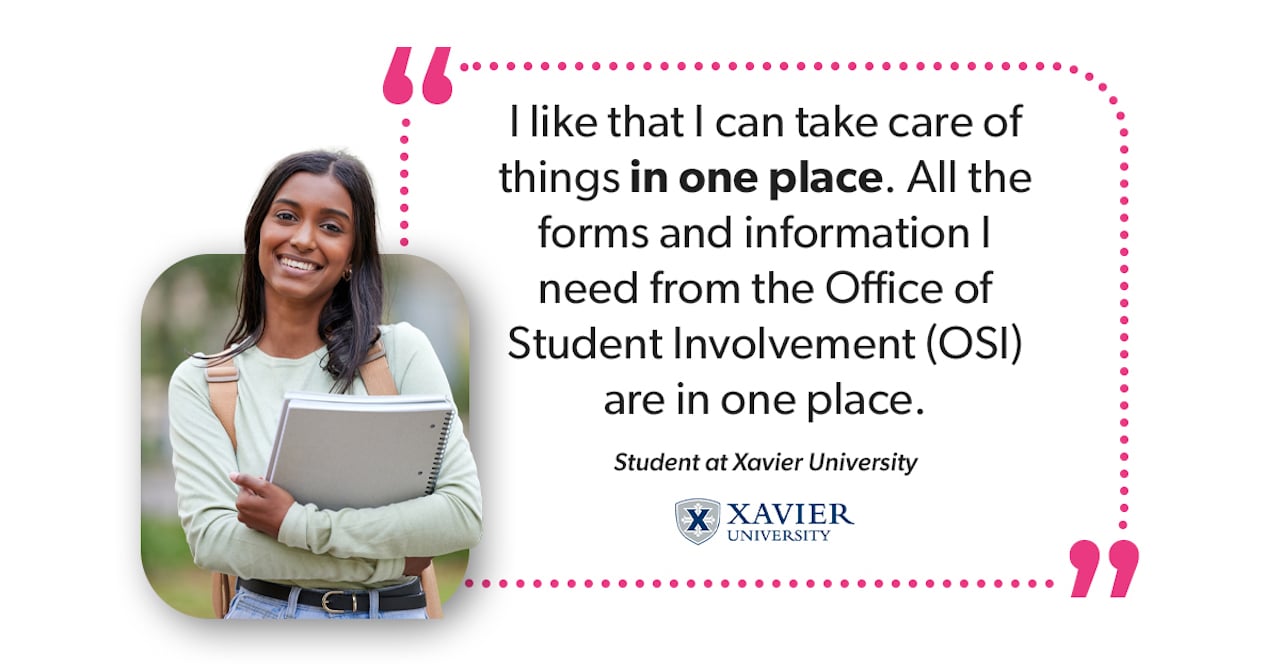
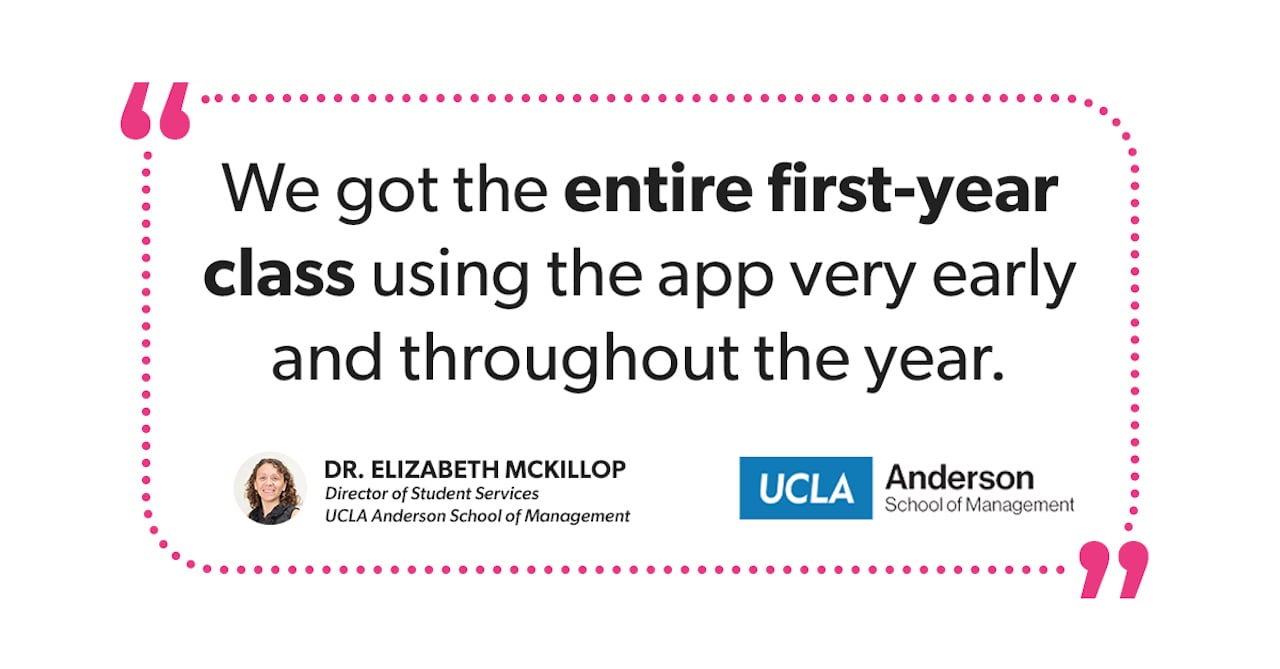
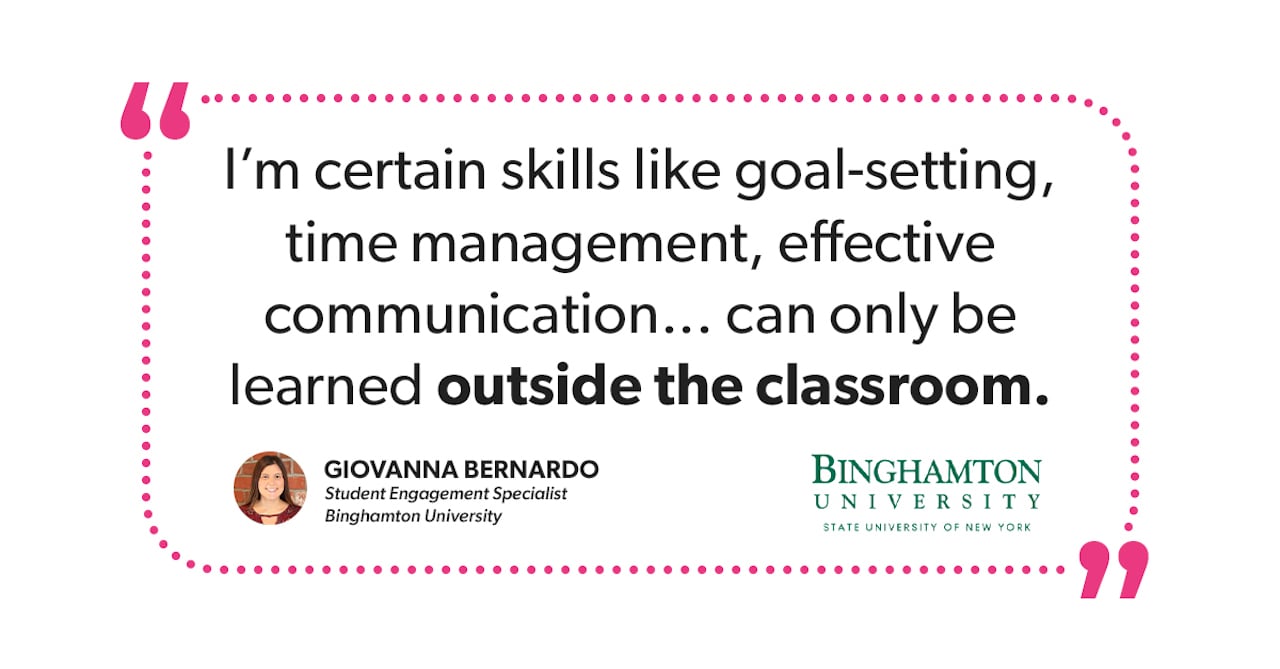
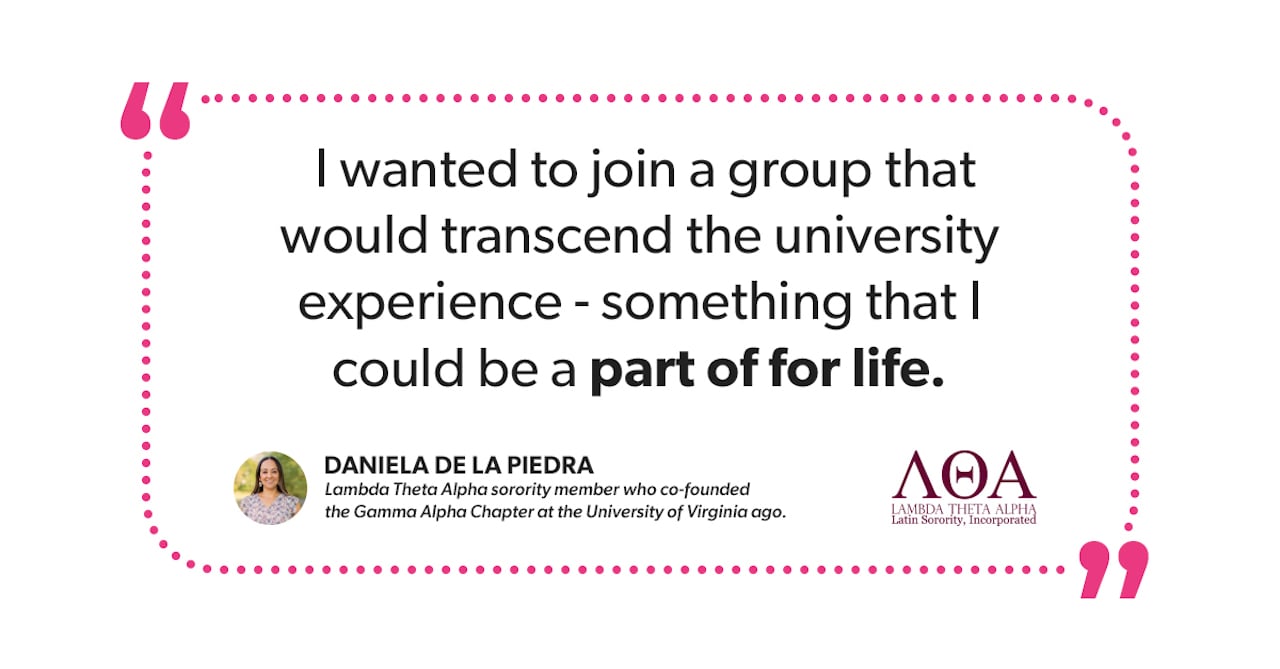


.png)
.png)
.png)

